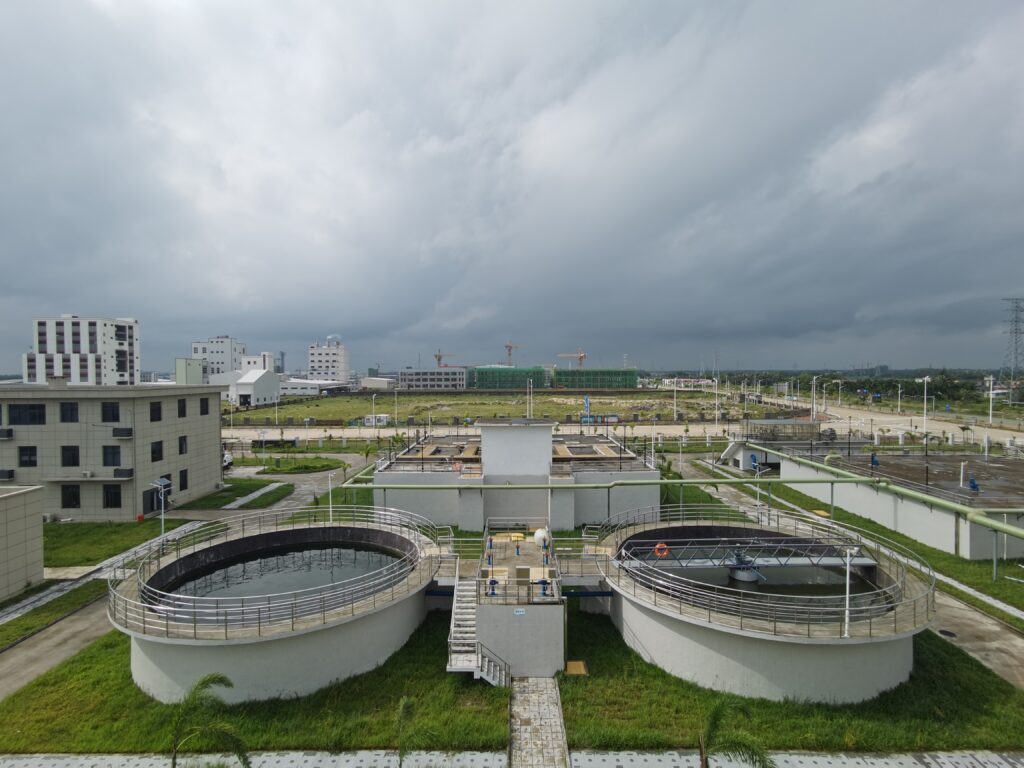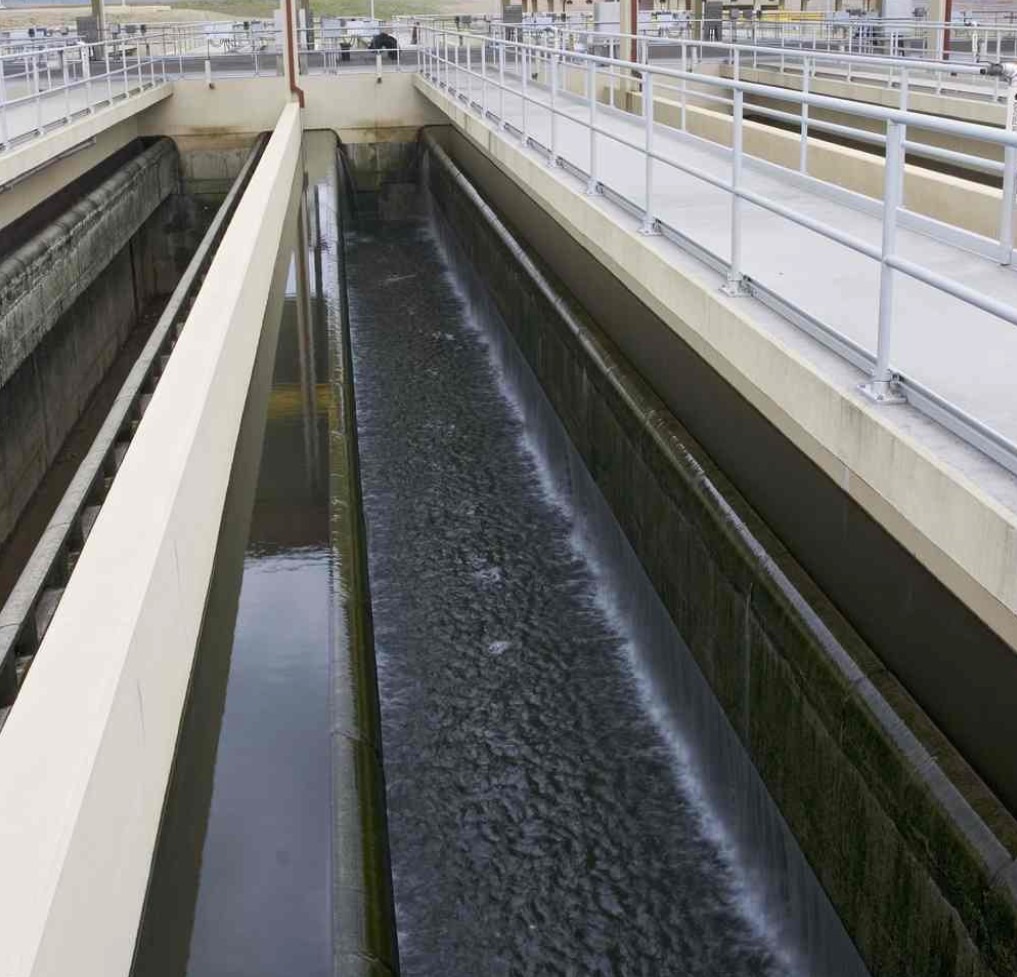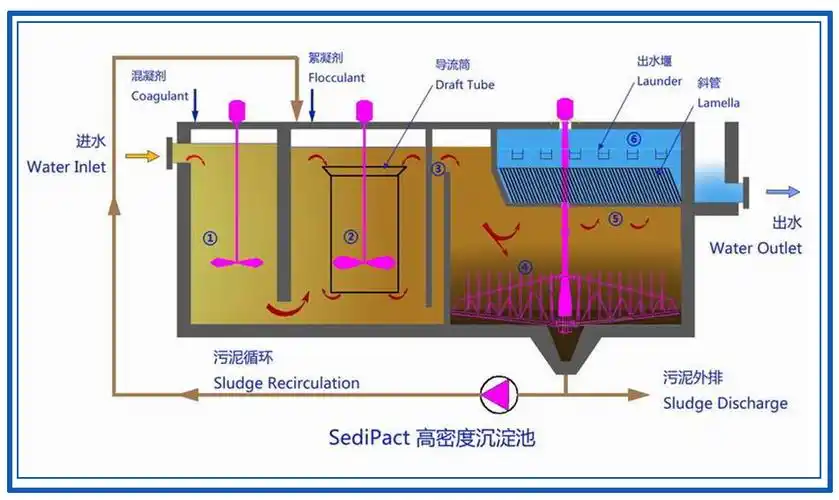Wastewater treatment refers to the process of removing pollutants from wastewater through physical, chemical or biological methods to make it meet the water quality requirements of a certain water body or reused water. Sewage treatment is widely used in many fields such as construction, agriculture, transportation, energy, and industry, and is an important means of environmental protection and resource reuse.
The basic methods of sewage treatment include physical treatment, chemical treatment and biological treatment. Physical treatment mainly removes larger suspended solids and impurities through methods such as screens and sedimentation; chemical treatment uses chemical reactions to remove pollutants in sewage; biological treatment uses the metabolism of microorganisms to decompose organic matter. Commonly used methods include activated sludge method and biofilm method.
Pretreatment is an important step before biochemical treatment. Its purpose is to remove toxic and harmful substances in wastewater and ensure the normal operation of microorganisms. Pretreatment methods include adjusting pH value, removing large particles, etc. to ensure that wastewater is suitable for biochemical treatment.
Biochemical treatment is one of the core steps in sewage treatment, which uses the life activities of microorganisms to decompose organic matter. Different biochemical treatment methods have different requirements for dissolved oxygen. For example, the requirements for dissolved oxygen in anaerobic and aerobic biochemical processes are different, and precise control of aeration volume and time is required. 3.
Finally, the effect of sewage treatment can be evaluated by some key indicators, such as chemical oxygen demand (COD), biochemical oxygen demand (BOD), suspended solids (SS), etc. These indicators can help us understand the treatment effect and adjust the treatment process.
So, what is sewage, domestic sewage, industrial sewage, urban sewage and sewage reuse?
1,What is sewage?
Sewage is the general term for water discharged during production and activities. Human beings use a lot of water in their daily life and production activities. This water is often polluted to varying degrees. Polluted water is called sewage. According to different sources, sewage includes domestic sewage, industrial wastewater, initial rainwater and flushing water in polluted areas, etc.
2,What is domestic sewage?
Domestic sewage is water used in daily life, including water discharged from toilets, kitchen bathrooms, laundry rooms, etc. Domestic sewage from residential areas, public places, institutions, schools, hospitals, shops and factory living rooms contains more organic matter such as protein, animal and plant fats, carbohydrates and ammonia nitrogen, as well as soaps and detergents and pathogenic microorganisms and parasite eggs. This type of sewage needs to be treated before it can be discharged into natural water bodies to irrigate farmland or reused.
3.What is industrial wastewater?
Industrial wastewater is water that has been used in the industrial production process, contaminated by industrial materials, and has no recycling value for pollutants. It no longer meets the production process requirements in terms of quality and must be discharged from the production system. Due to different production categories, process and raw materials used, the quality of industrial wastewater is complex and varied. For example, the wastewater from the circulating cooling system is only slightly polluted or the water temperature is only increased. It can be reused after a little treatment. These wastewaters are also called production wastewater. Most of the water that is seriously polluted during use has various hazards. Some contain a large amount of organic matter, some contain toxic substances such as cyanide, lead, some contain radioactive substances, and some have very bad sensory properties such as color, taste, and foam. This type of sewage is also called production sewage, which needs to be treated before it can be discharged into natural water bodies to irrigate farmland or reused.
Toxic and harmful substances contained in industrial wastewater are often valuable industrial production raw materials, and recycling should be fully considered. In general, industrial wastewater needs to be treated independently, but the degree of treatment may vary according to actual conditions. The degree of treatment for discharge into natural water bodies and discharge into urban drainage pipes is different.eachNational standards for thisAllThere are clear regulations.
4.What is municipal sewage?
Urban sewage refers to domestic sewage and industrial wastewater discharged into urban drainage pipes. It is actually mixed sewage. Therefore, the properties of urban sewage vary greatly depending on the mixing ratio of various sewage and the characteristics of pollutants in industrial wastewater. The proportion of domestic sewage in urban sewage is relatively large, so it has all the characteristics of domestic sewage; but in different cities, due to the different scales and natures of industries, the properties of urban sewage are inevitably affected by industrial wastewater.
5.What is wastewater reuse?
Reusing wastewater or sewage after secondary treatment and deep treatment in production systems or for daily life is called sewage reuse. The scope of sewage reuse is very wide, from industrial reuse to water replenishment and domestic water use. Sewage reuse can not only effectively save and utilize limited and precious freshwater resources, but also reduce the discharge of sewage or wastewater, reduce water pollution, and alleviate the overload of urban drainage pipes, with obvious social, environmental and economic benefits.






